This guide will cover some remarkable flowers you should consider adding to your garden in late June. With their unique beauty and charm, these selections not only enhance the aesthetic appeal of your space but also flourish in the warm summer months. Let’s explore these delightful options.
Gaillardia (Blanket Flower)
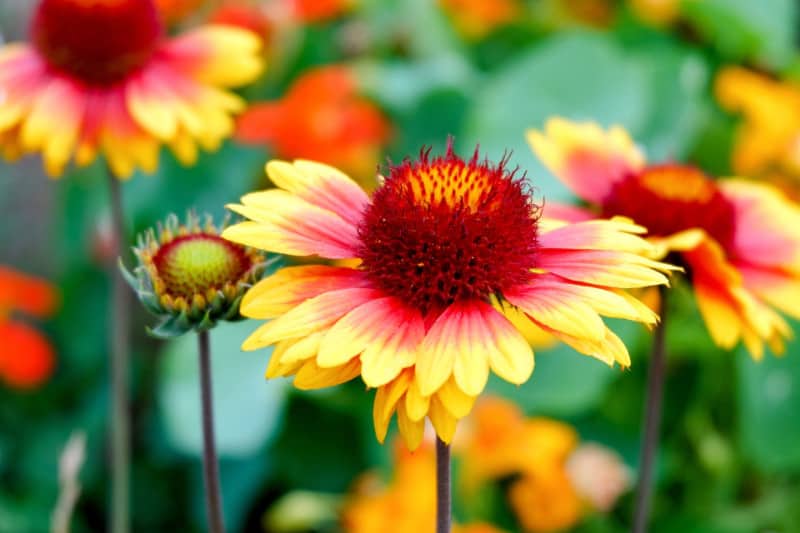
Gaillardia, commonly known as the blanket flower, is a bright and cheery addition ideal for planting in late June. These perennials are characterized by their radiant red, orange, and yellow color combinations, resembling the warmth of a summer sunset. They thrive in full sun and poor soil, making them an excellent choice for low-maintenance gardens.
Not only do gaillardias attract butterflies, but they are also drought-resistant, once established, making them suitable for regions with hot summers. If you’re looking to create a summer garden that requires minimal watering and care, the blanket flower is a fantastic option. These blooms can last from early summer into fall, giving you a long-lasting showcase of color.
Butterfly Milkweed

As the name suggests, Butterfly Milkweed is a magnet for pollinators, particularly butterflies. This native plant features distinct orange or yellow flowers and is highly revered for its role in supporting the lifecycle of the Monarch butterfly. Planting Butterfly Milkweed in late June allows it to establish well before the peak summer heat kicks in.
This perennial prefers well-draining soil and full sun, thriving in dry and sandy conditions. It’s a hardy plant that will return year after year, providing not just beauty but also vital habitats for pollinators in your garden. Beyond its ecological benefits, its unique shape and vibrant colors make it a striking focal point in any landscape design.
Pentas
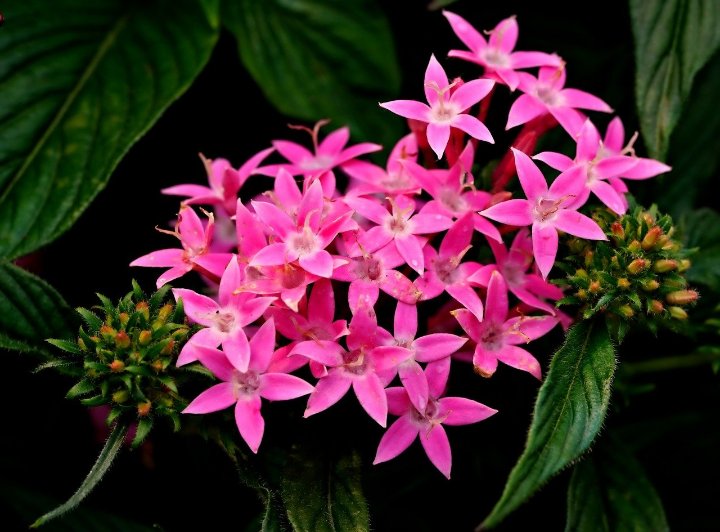
If you’re looking for a flower that will shine in the summer heat, consider planting Pentas in late June. Known for their star-shaped blossoms that come in shades of pink, red, and white, Pentas are not only beautiful but also incredibly beneficial for attracting butterflies and hummingbirds to your garden.
These perennial flowers thrive in full sun and are tolerant of drought conditions once established. They are also quite resilient and can withstand the heat, making them ideal for summer gardens. The extended blooming period of Pentas ensures that your garden remains colorful throughout the summer, contributing to an eye-catching display.
Daylily
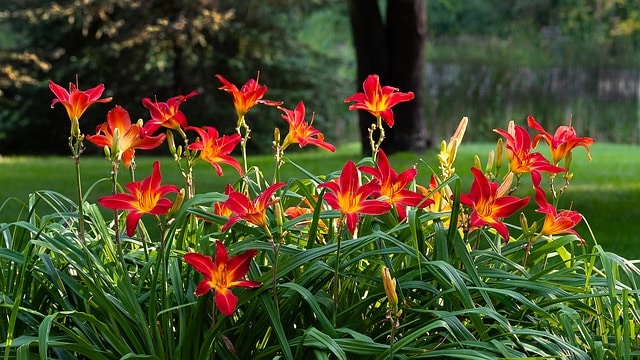
Daylilies are a classic favorite among gardeners, known for their hardiness and incredible versatility. They showcase a wide range of colors and come in various shapes and sizes, making it easy to find the perfect variety for your garden. Planting them in late June gives them a chance to settle in before they burst forth with stunning blooms.
One of the most appealing aspects of Daylilies is their adaptability; they can grow in a variety of soil types and conditions, provided they receive adequate sunlight. Their blooms last only a day, but each plant produces countless flowers over the blooming period, ensuring you have continuous color throughout the summer. These resilient perennials are a staple in many gardens due to their low maintenance needs.
Begonia
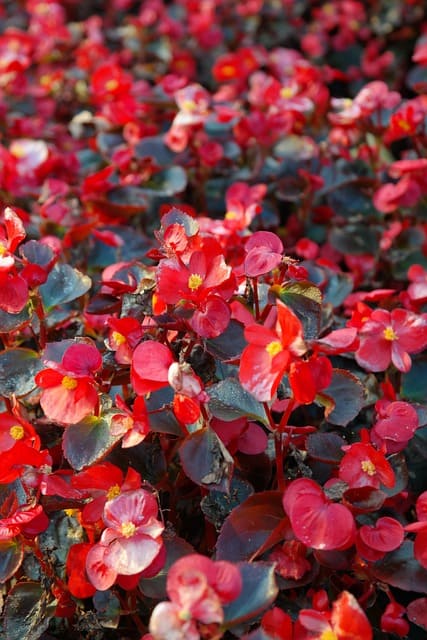
For those who seek to add a splash of color to shaded areas, Begonias are an exceptional choice for late June planting. Available in a variety of shapes, sizes, and colors, these flowers are perfect for borders, containers, and hanging baskets. They thrive in rich, well-draining soil and enjoy partial to full shade, providing vibrant blooms even in less than sunny spots.
Begonias are particularly popular for their ability to flower profusely, delivering bright hues of red, pink, and white all summer long. This versatility makes them an excellent option for enhancing balconies, patios, and shadowed garden corners that would otherwise lack vibrant color. Their continual blooming will make your outdoor space feel alive with energy and charm.
Sea Holly

With its spiky, architectural foliage and unique blue-tinged flowers, Sea Holly (Eryngium) brings a touch of the exotic to your summer garden. This perennial thrives best in full sun and well-drained soil. When planted in late June, Sea Holly will have time to establish itself before it bursts into bloom in the late summer.
One of its great advantages is its ability to attract bees and butterflies while being extremely low-maintenance. The unusual structure of its flowers makes it a fascinating addition to floral arrangements, and the dried blooms can be used in dried flower crafts. Sea Holly is perfect for adding texture and an unexpected pop of color to garden beds or borders.
Verbena

For a cascade of color throughout the summer, verbena is an outstanding choice for late June planting. Available in a variety of colors, including purple, pink, red, and white, these sun-loving annuals or perennials create stunning ground covers and container plants.
Verbena is especially appreciated for its resilience; it thrives in various soil types and establishes quickly, providing an almost continuous display of blossoms. Additionally, it attracts a range of pollinators, including bees and butterflies. Planting verbena in late June guarantees a vigorous display that flourishes until the arrival of fall, making it a must-have for any garden enthusiast.
Melampodium

Melampodium is a lesser-known but highly rewarding flower that thrives when planted in late June. Known for its cheerful yellow blooms, this perennial is perfect for full-sun environments and is extremely tolerant of heat and drought, making it a valuable addition to summer gardens.
The flowers of Melampodium attract numerous bees and butterflies, contributing to a vibrant ecosystem in your garden. They can also serve as excellent ground cover as they spread to create a bright, cheerful carpet of flowers. In addition to their eye-catching colors, melampodiums are low-maintenance, requiring minimal care while providing substantial visual appeal.
Angelonia
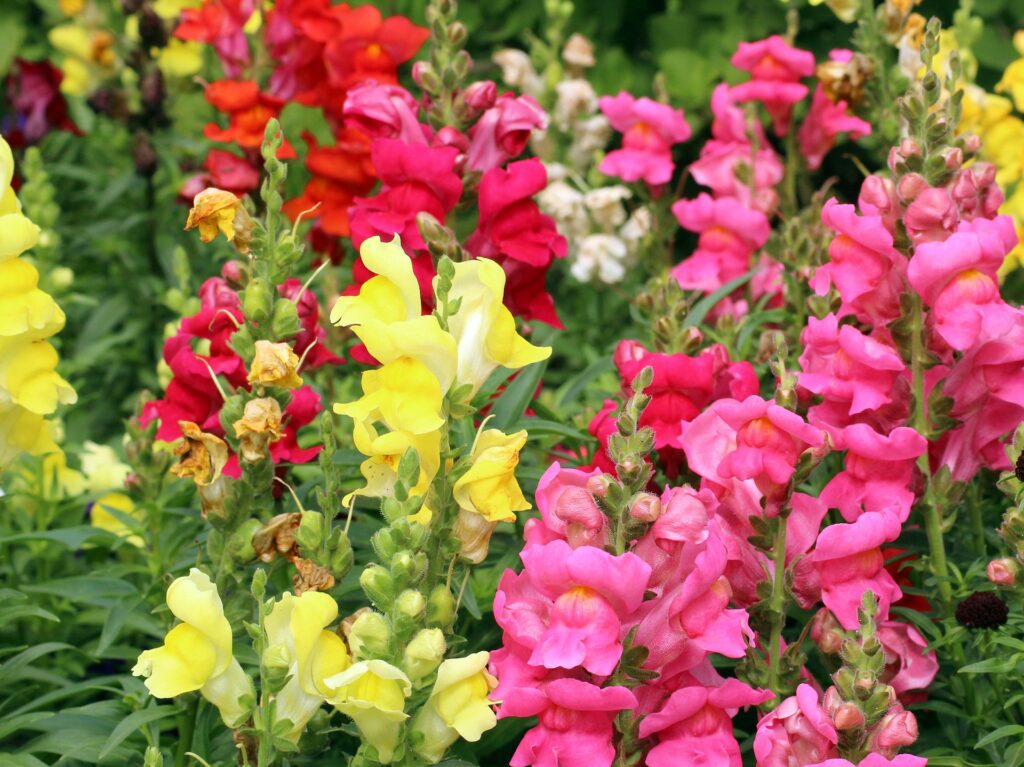
Often referred to as the “Summer Snapdragon,” Angelonia is a beautiful flower with tall spikes that can range in color from lavender to white and pink. Planting Angelonia in late June allows these flowers to flourish throughout the summer, benefiting from the warm temperatures and ample sunlight.
These drought-tolerant beauties thrive in well-drained soil and bring an elegant touch to flower beds, borders, and containers. Not only are they visually stunning, but they are also often resistant to deer and rabbits, ensuring that your garden remains intact. Their long-lasting blooms make Angelonia an excellent choice for gardeners looking to add lasting color to their landscapes.
Gomphrena (Globe Amaranth)
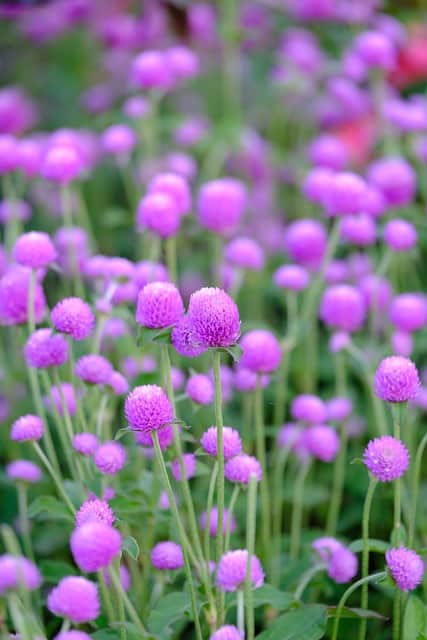
Gomphrena, or globe amaranth, is a splendid choice for late June planting, particularly for those in search of long-lasting flowers. Known for their vibrant spherical blooms, gomphrenas are available in striking shades of purple, pink, and white, and they remain intact even after drying.
These resilient annuals thrive in hot, sunny conditions and poor soil, making them ideal for low-maintenance gardens. They’re also excellent cut flowers, bringing color to your home when harvested. Gomphrenas are drought-tolerant once established, making them uniquely suited for summer gardens.
Canna
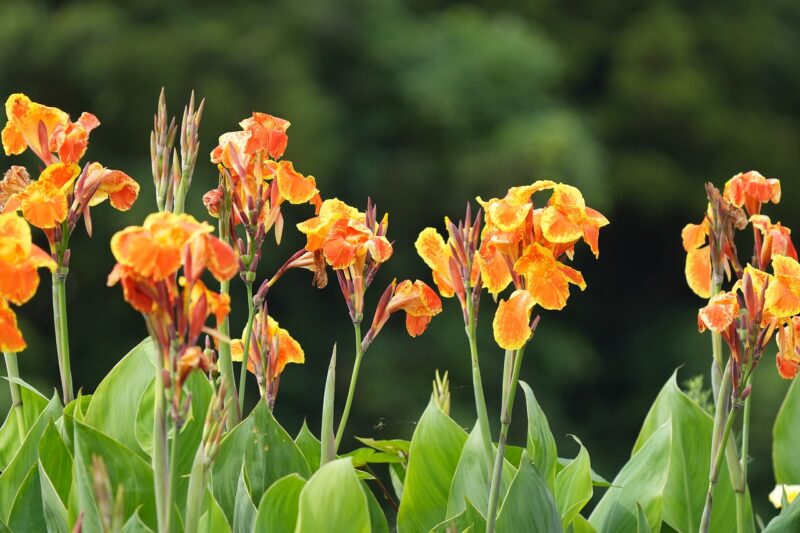
Canna lilies are known for their stunning tropical appearance and vibrant colors, making them a spectacular addition to any summer garden. With their large leaves and showy flowers in shades of red, orange, and yellow, cannas can provide a lush, exotic look to your landscape.
Planting canna bulbs in late June ensures that they have the warmth of summer to establish themselves. These plants thrive in moist, well-drained soil and can tolerate both sun and partial shade. They are a great choice for adding height to flower beds and can act as dramatic backdrops for other blooms. Their striking appearance and ability to attract hummingbirds make cannas a delightful option for any garden.
Balloon Flower
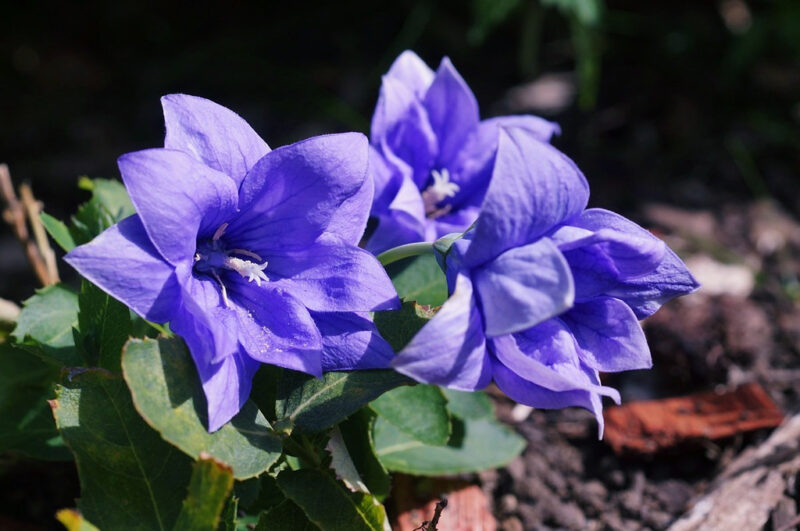
Balloon flowers are named for their unique appearance, as their buds puff up like balloons before bursting open into star-shaped blossoms. These perennial plants come in shades of blue and lavender and thrive in a variety of soil conditions, though they prefer well-draining soil.
Planting balloon flowers in late June allows them to establish before they bloom later in the season. They are low-maintenance and attract pollinators like bees and butterflies. Their whimsical shape adds a playful touch to garden beds and borders, making them an interesting conversational piece in any flower arrangement.
Helenium (Sneezeweed)
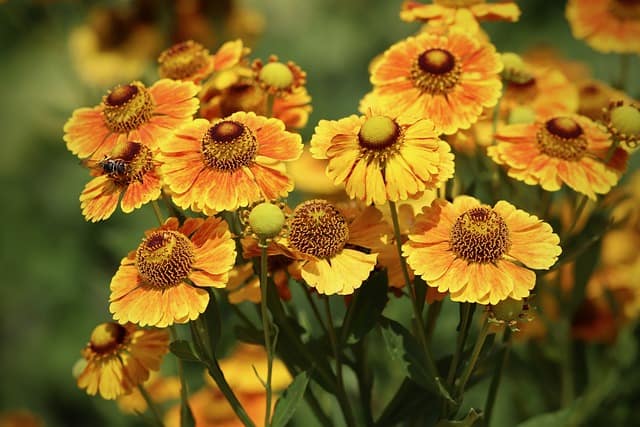
Known for their daisy-like appearance, helenium (often known as sneezeweed) brings vibrant yellows, reds, and oranges to late summer gardens. Planting these perennials in late June allows them to establish themselves and thrive in full sun.
Heleniums are very attractive to a variety of pollinators and can enhance the biodiversity of your garden. Their sturdy stems make them great for cut flowers, adding striking color to floral arrangements. With a knack for blooming later in the summer, helenium will keep your garden lively long after many other flowers have started to fade.
Impatiens
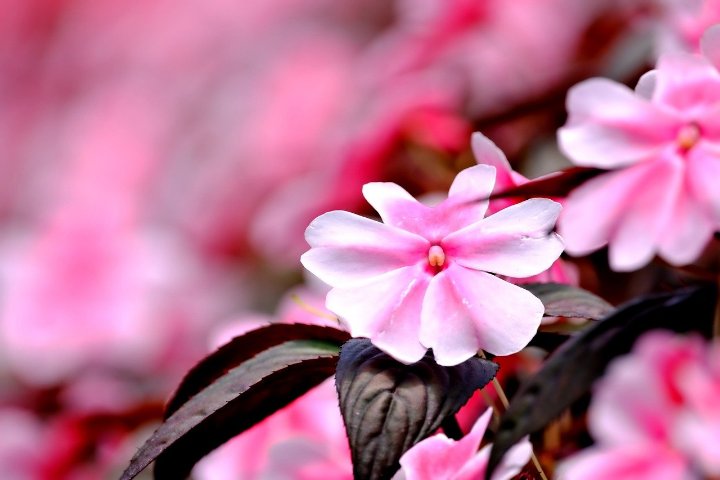
If shade is a challenge for your garden, look no further than Impatiens. These annuals are famous for their ability to thrive in low-light conditions, providing a burst of color in shady areas. With vibrant blooms that come in numerous colors, impatiens can brighten up dull corners of your garden.
Planting them in late June gives them plenty of time to establish before the summer heat peaks. While they prefer well-drained, rich soil, impatiens are relatively easy to care for and will reward you with continuous blossoms until fall. Their compact size and colorful display make them excellent for containers and borders alike.
Sedum
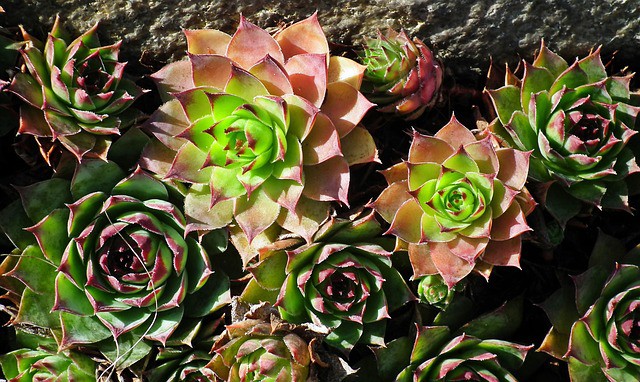
Sedum, or stonecrop, is an excellent choice for late June planting, especially for those looking for drought-tolerant options. This scrumptious succulent comes in various colors, from greens to vibrant reds, displaying a unique texture that can enhance any garden.
Sedums are low-maintenance and thrive in poor to average soil, requiring little watering once established. Their fleshy leaves store moisture, making them resilient during dry spells. Their late summer blooms attract pollinators and can provide a beautiful landscape backdrop, making them a valuable addition to any garden.
Globe Thistle
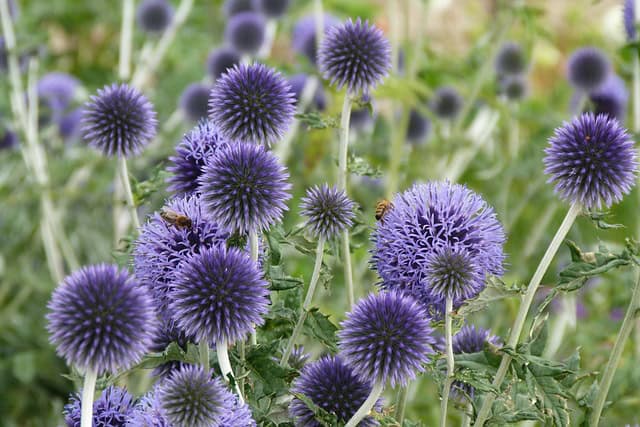
Globe thistle is an eye-catching perennial known for its unique round-shaped blossoms that bloom in deep blue and purple hues. Planting these striking flowers in late June ensures they have enough time to become established before they flourish in the peak of summer.
Globe thistles thrive in sunny spots with well-drained soil and require minimal maintenance. These plants are also drought-tolerant once established and attract bees and butterflies, making them an excellent choice for eco-friendly gardening. The unusual texture and shape of their flowers add height and drama to garden beds, creating visual interest.
Lilies

Lilies are classic summer flowers renowned for their luxurious blooms and captivating fragrance. Available in a vast array of colors, choosing to plant them in late June allows them to establish themselves before the summer heat. This timing is ideal for promoting robust growth and abundant flowering.
Lilies prefer well-drained soil and full sun to partial shade, making them versatile for various garden settings. Their long stems make them perfect for cut flower arrangements, and many varieties can provide stunning views for weeks. An impressive array of colors and textures ensures that lilies can complement any landscape design.
Caladiums
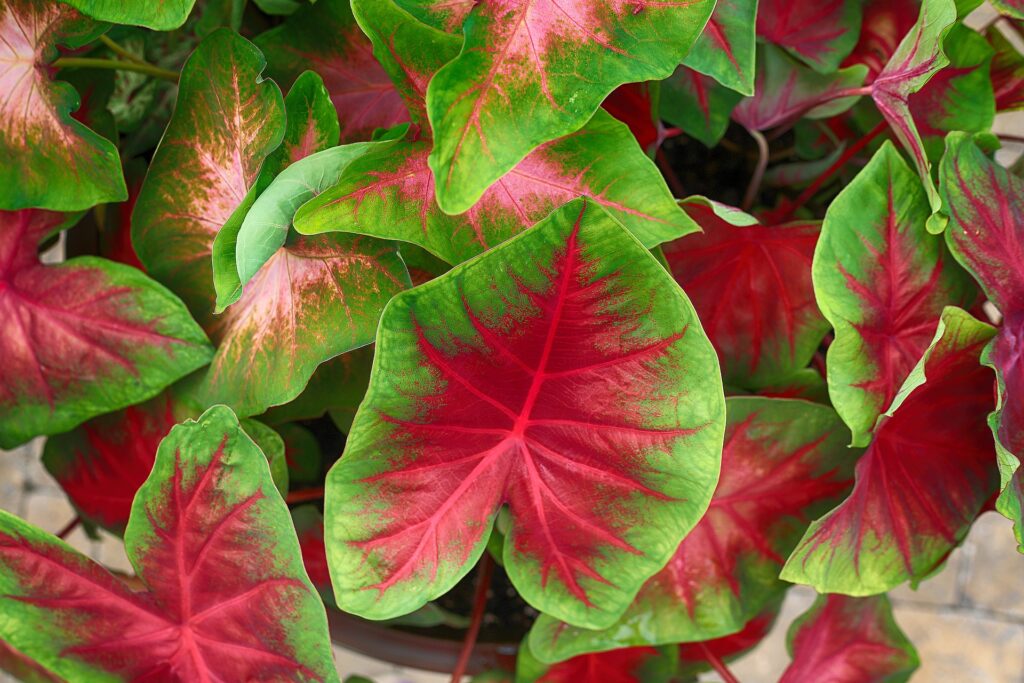
Caladiums are fabulous for adding colorful foliage to your garden. Known for their striking leaf patterns in shades of green, pink, and white, these tropical plants produce an eye-catching display as summer lushness unfolds. Planting caladiums in late June allows them to take full advantage of the warm weather and thrive.
These heat-loving plants flourish in shaded areas, making them perfect for adding life to garden corners that receive little sunlight. They are relatively low-maintenance and often serve as container plants or border fillers. As their colorful foliage brings excitement to your space, caladiums truly bring the spirit of summer into your garden.
Geraniums
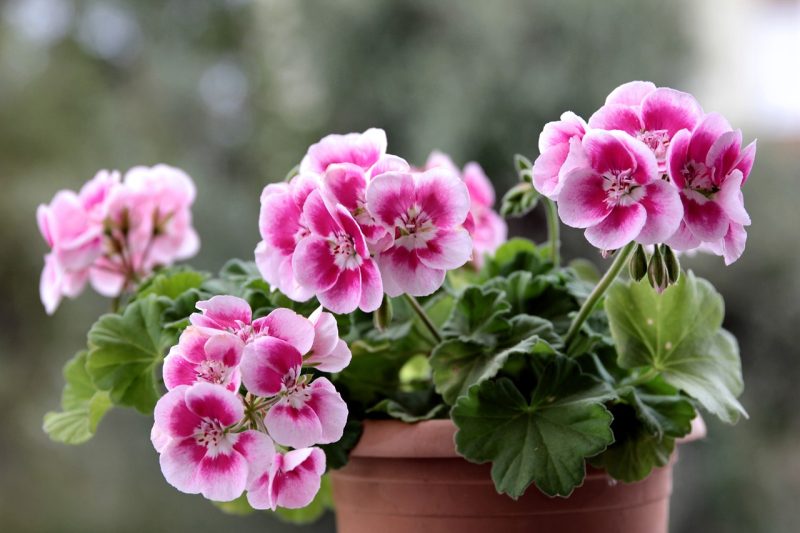
Geraniums are a traditional favorite and are perfect for gardeners who want reliable blooms throughout the summer months. With a multitude of colors and varieties, geraniums can elevate any landscape design. Late June planting means these annuals have enough time to mature and flourish during the longest days of summer.
They thrive best in sunny spots with well-draining soil and require regular watering to maintain their vibrant blooms. Known for their strong, sometimes fragrant leaves, geraniums can be both ornamental and functional in the landscape. Their continued blooming throughout the summer and into fall makes them a reliable staple in many gardens.
Torenia (Wishbone Flower)
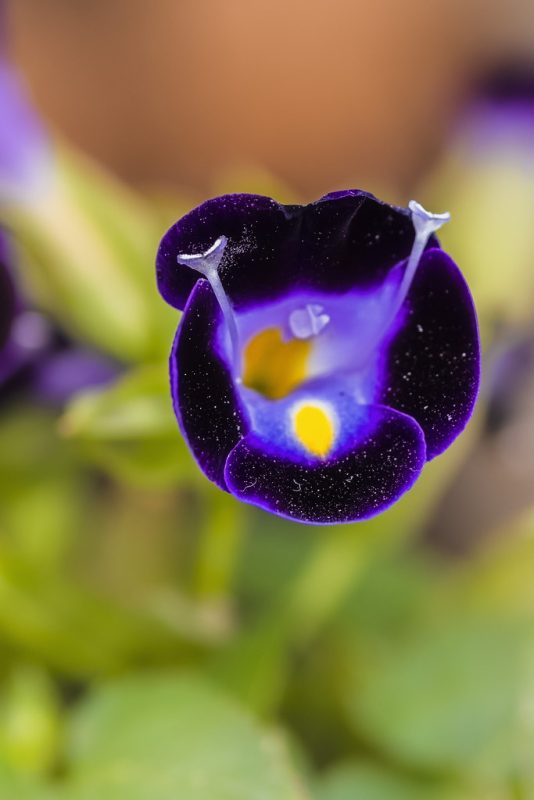
If you’re looking for something unique, consider adding Torenia, also known as the wishbone flower, to your garden. These charming annuals produce lovely tubular flowers in shades of blue, purple, and white, and they are immensely attractive to hummingbirds.
Planting Torenia in late June allows it to thrive in partial shade, making it perfect for garden corners or containers that do not get direct sunlight. They are easy to care for and will continuously bloom throughout the summer, providing a soft yet colorful touch to your garden. These flowers work remarkably well as filler plants, weaving in color and life among other garden favorites.
Anise Hyssop

Anise Hyssop is a perennial herb with lovely purple spikes that attract pollinators and provide fragrance to your garden. Planting Anise Hyssop in late June enables it to benefit from warm weather as it gets established.
This plant thrives in well-drained soil and full sun while being drought-resistant. Anise Hyssop’s unique scent can be refreshing, and it attracts not just bees and butterflies but also provides culinary uses in teas or garnishes. Its tall, airy flowers can add vertical beauty and depth to your garden, creating an inviting atmosphere.
Coneflower
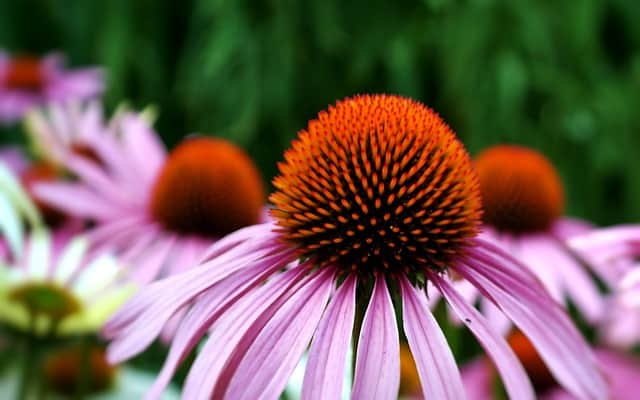
Known for their resilience and vibrant colors, coneflowers are a must-have for any late June planting list. These perennials are drought-tolerant, heat-resistant, and produce stunning flowers in shades of pink, purple, and white, ensuring a vibrant display in your gardens.
Planting coneflowers in late June allows them to establish before they bloom later in the summer. They thrive in full sunlight, attracting bees and butterflies while being deer-resistant. These striking blooms will not only enhance your garden’s landscape but also contribute to a diverse ecosystem.
Coreopsis
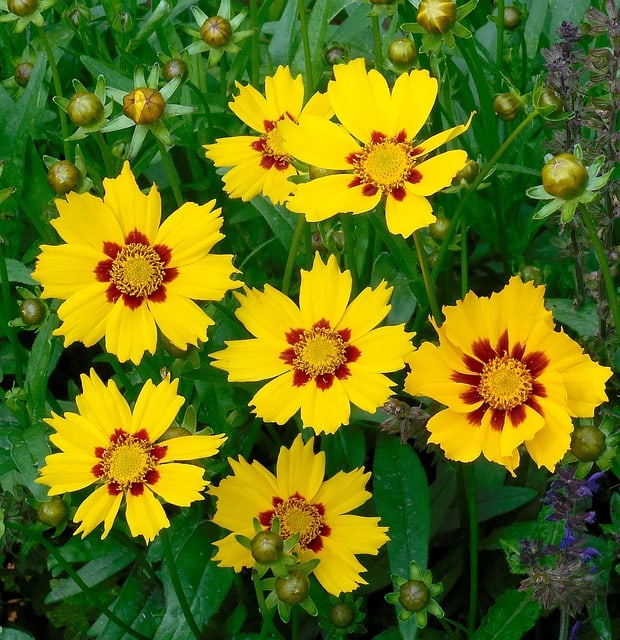
Coreopsis, known as tickseed, is a popular perennial for summer gardens, especially when planted in late June. With bright yellow and gold flowers that bloom continuously throughout the summer, coreopsis adds a cheery touch to any outdoor space.
They thrive in full sun and can tolerate poor soil conditions, making them a great low-maintenance option. Their prolonged blooming season ensures vibrant colors during peak summer months and attracts many pollinators. The tall stems and colorful flowers provide a perfect backdrop or border for other garden plants.
Joe-Pye Weed
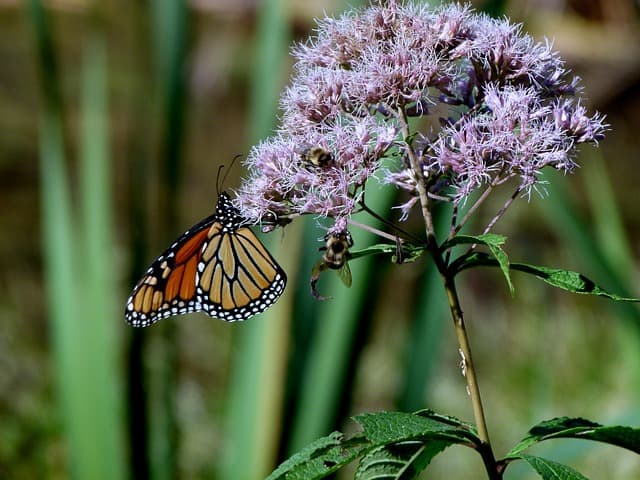
Joe-Pye Weed is a native plant that can bring height and interest to your late June garden. Known for its beautiful pinkish-purple flowers and ability to attract butterflies, this perennial thrives in moist soil and full sun to partial shade.
Joe-Pye Weed can grow quite tall, making it a fantastic option for the back of flower beds or naturalized areas. They bloom later in the summer, extending the show of color as other blooms begin to fade. The plant’s contribution to the ecosystem, combined with its unique beauty, makes it a valuable addition to any garden.
Lavender
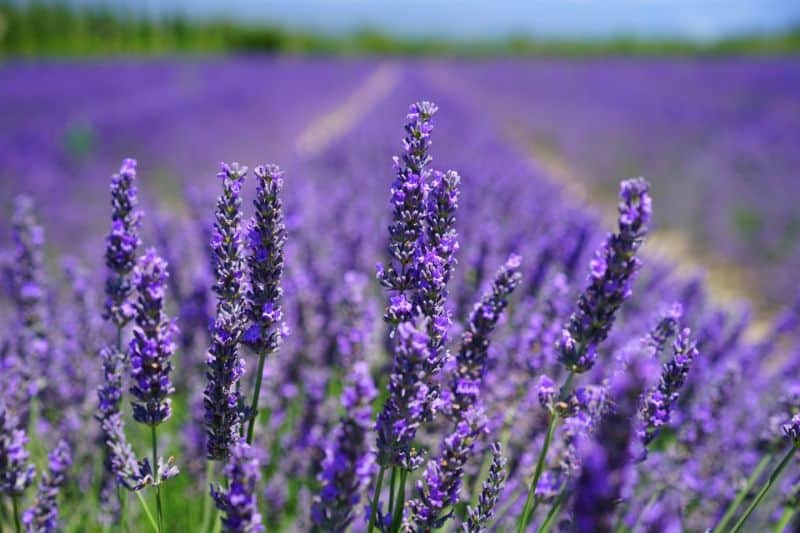
No summer garden is complete without the popular and fragrant lavender. Planting lavender in late June allows it to establish and thrive in warm weather. Known for its soothing scent and lovely purple flowers, lavender also has essential uses in culinary dishes and aromatherapy.
Lavender prefers well-drained soil and full sun, and it is drought-resistant once established. Its slender flowers attract pollinators while also repelling some garden pests. Beyond its exquisite fragrance and beauty, lavender can be harvested for making sachets and infused oils, adding functional value to its aesthetic appeal.
Pincushion Flower
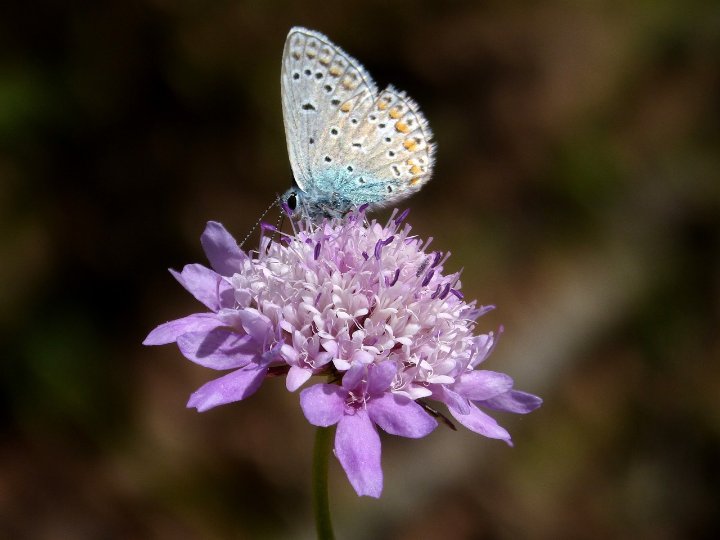
The pincushion flower, or Scabiosa, is a charming perennial that adds whimsy and color to summer gardens. With its unique pincushion-shaped blooms and attractive blue or purple hues, this flower is perfect for late June planting.
Pincushion flowers thrive in sunny locations and well-drained soil, requiring little care once established. They attract butterflies and bees, contributing to a bustling, vibrant garden ecosystem. Additionally, their charming appearance and long-lasting blooms make them suitable for bouquets and floral arrangements.
Rose
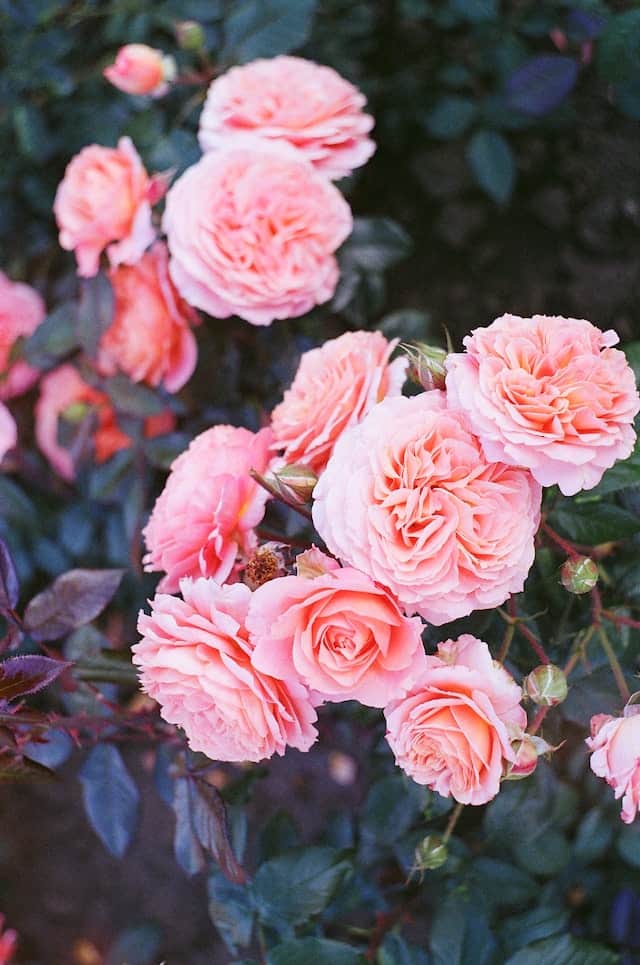
Roses are timeless flowers that are lauded for their beauty and fragrance. Planting rose bushes in late June allows for optimal growth during the warm summer months. With countless varieties, you can choose from climbing roses, shrub roses, and hybrid teas, each offering unique colors and aromas.
Roses thrive in sunny areas and loamy, well-drained soil, making them an excellent choice for cottage gardens, formal arrangements, or rustic landscapes. While they do require regular care and maintenance, the stunning blooms and delightful scents make roses an enduring favorite for many gardeners.
Shasta Daisy
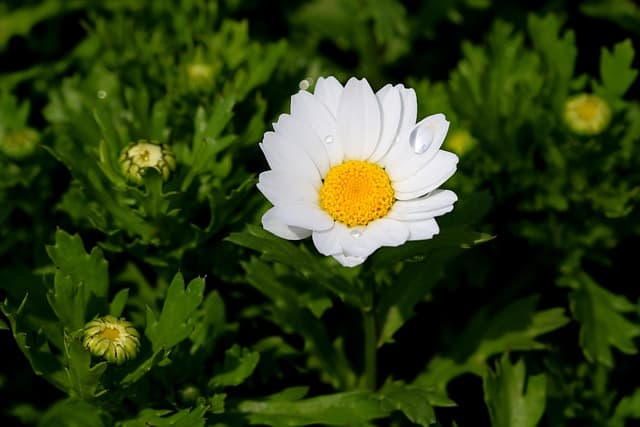
The Shasta Daisy is a quintessential summer flower known for its cheerful white petals and sunny yellow centers. These cheerful blooms thrive in full sun and well-drained soil, making them perfect for planting in late June, when the summer heat is in full swing.
Shasta daisies are perennials that can flourish for several years and can be found in various hybrid forms with differing heights and colors. They attract butterflies and other pollinators, adding liveliness to your garden. Their simple yet striking appearance makes them ideal for borders, beds, and mixed arrangements, bringing joy to both the gardener and the visitors.





